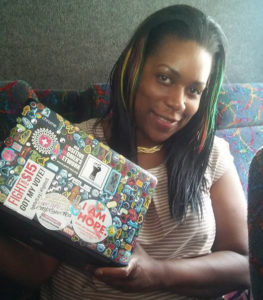
(Relatively) Fast Ways to Take Action
Longer-Term Policy Projects
Below you have five ways to convey your message, research, and policy recommendations to other people. The best project to meet your needs could differ depending on your issue, who you’re trying to reach, or who you need to convince, so take a moment to look through them all. Be aware that every, single one must be well researched and properly cited. (Scroll down for more on citation.)
Important! Cite your sources properly.
Proper citations from an authoritative source is a signal to readers that you are an expert on your issue. It is also important to give credit for intellectual property that you are using.
Here are two commonly-used citation styles: Modern Language Association (MLA format) and American Psychological Association (APA format).
As a rule of thumb: APA is used in psychology, education and other social sciences; MLA is used in literature, arts, and the humanities. Ultimately though, if no one has expressed a preference for one or the other, choose the one that feels right.


